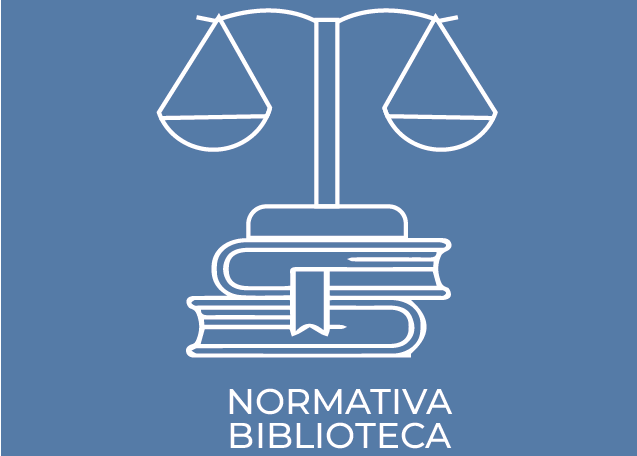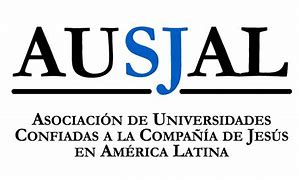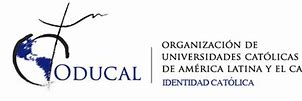The artist in Edo / edited by Yukio Lippit.
Idioma: Inglés Series Studies in the history of art ; 80 | Symposium papers / Center for Advanced Study in the Visual Arts ; 57Editor: Washington : National Gallery of Art, 2018Distribuidor: New Haven ; London : Distributed by Yale University Press, [2018]Descripción: viii, 295 pages : illustrations ; 29 cmTipo de contenido:- texto
- no mediado
- volumen
- 9780300214673
- 759.952 Ar76
| Tipo de ítem | Biblioteca actual | Colección | Signatura topográfica | Estado | Fecha de vencimiento | Código de barras | Reserva de ítems | |
|---|---|---|---|---|---|---|---|---|
 Libro
Libro
|
Sede Quito Segundo piso | Col General | 759.952 Ar76 (Navegar estantería(Abre debajo)) | Disponible | PUCE213772 |
"This volume was produced by the Center for Advanced Study in the Visual Arts and the Publishing Office, National Gallery of Art, Washington"--Colophon.
"Proceedings of the symposium "The Artist in Edo," organized by the Center for Advanced Study in the Visual Arts, National Gallery of Art, and the Freer Gallery of Art and the Arthur M. Sackler Gallery, Smithsonian Institution, and sponsored by the Anne van Biema Endowment Fund, the Arthur Vining Davis Foundations, the Japan Foundation, and the Starr Foundation. The symposium was held April 13-14, 2012, in Washington"--Colophon.
Includes bibliographical references and index.
During the early modern period in Japan, peace and prosperity allowed elite and popular arts and culture to flourish in Edo (Tokyo) and Kyoto. The historic first showing outside Japan of Itō Jakuchū's thirty-scroll series titled Colorful Realm of Living Beings (c. 1757-1766) in 2012 prompted a reimagining of artists and art making in this context. These essays call attention to Jakuchū's spectacular series as well as to works by a range of contemporary artists. Selected contributions address issues of professional roles, including copying and imitation, display and memorialization, and makers' identities. Some explore the new form of painting, ukiyo-e, in the context of the urban society that provided its subject matter and audiences; others discuss the spectrum of amateur and professional Edo pottery and interrelationships between painting and other media. Together, they reveal the fluidity and dynamism of artists' identities during a time of great significance in the country's history.--Provided by publisher.
No hay comentarios en este titulo.









